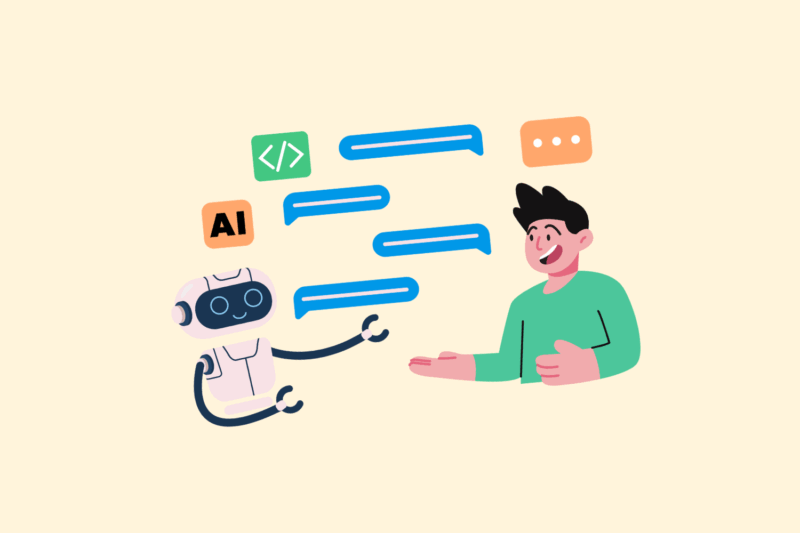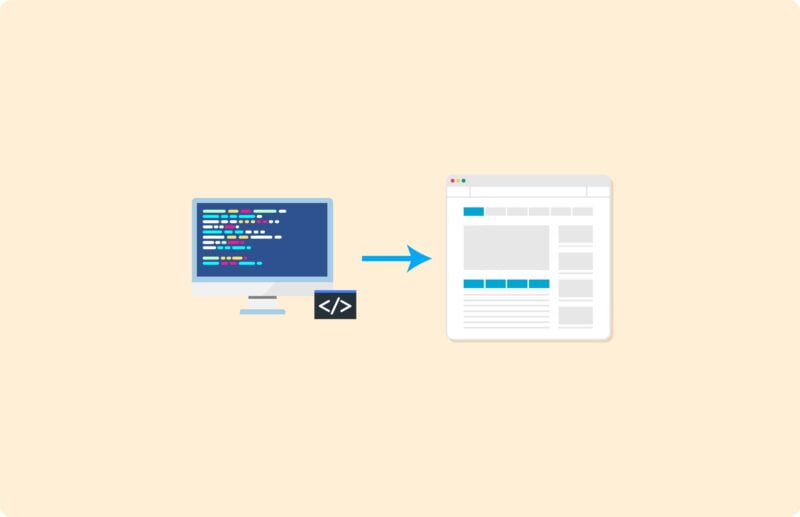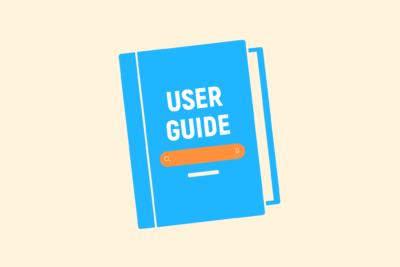SEO for Claude: this is how to become more visible in AI answers

The search experience is changing. Whereas previously almost every online search started with Google, I am increasingly seeing users ask their question directly to an AI, such as Claude from Anthropic. This approach differs from traditional SEO.
What is Claude?
Claude is a Large Language Model (LLM) developed by Anthropic. Claude is known for its ability to handle extremely long texts (200,000+ tokens), and for its focus on security and ethical language use. Claude is active through the platform claude.ai, as well as integrated into tools such as Notion AI and Slack.
Instead of showing search results, Claude provides answers based on training. (Sometimes users also provide their own documents). Always make sure your content is written in a way that makes it understandable to Claude. Reliability is also important. This way, your content will be included in generated answers.
It’s important that content is written in such a way that Claude understands it, finds it trustworthy and incorporates it into generated responses.
How Claude selects and processes content
Claude works differently than Google and also differently than ChatGPT. The model focuses on four different pillars:
- Completeness of information
- Accuracy and nuance
- Clear structure
- Limitations in bias and noise
What I notice in practice is that Claude prefers to reuse content that is logically structured, directly answers the question and provides sufficient substantiation. That means superficial blogs, keyword stuffing and AI-generated text without editing have virtually no chance.
How I optimize for Claude
1. Structure above all else
Claude looks for meaning, not keywords. So I provide a clear structure with intermediate headings, short paragraphs and explicit answers to questions. Each page contains logically structured sections: from definition to application and nuance. This makes the content not only more readable for people, but also more understandable for the model.
2. Long, complete content
Because Claude can handle extremely long contexts, it pays to really go deep into a topic. I don’t limit myself to 500 words, but prefer to work with 1,000+ if the content allows it. That extra depth gives Claude the information needed to recognize content as a resource.
3. Writing in the form of questions and answers
Claude excels at answering naturally phrased questions. That’s why I regularly use questions as headers (such as “What exactly is Claude?” or ” How do I optimize content for Claude?”). This makes content immediately useful as an answer snippet.
4. Show real expertise
Content that remains vague or is overtly written only to boost high rankings will be taken less seriously. Therefore, focus on concrete explanations based on your own experiences, real-life examples and unique insights. This helps Claude see content as reliable information. This is especially true if other sources also refer to it.
5. Combining timeliness and reliability
Although Claude is not a crawler like Google is, timeliness does play a role. Some versions of Claude work with integrations or attachments. Therefore, I always provide context in my content: years, updates or source citations. As a result, the information is both timeless and current.
With all of these; remember the guidelines around E-E-A-T then you are largely in the right place.
Getting started with SEO? Feel free to get in touch.

What are the differences between SEO for Claude and SEO for ChatGPT?
Although the principles of Claude and ChatGPT are largely similar, I do see distinct differences between SEO for ChatGPT and SEO for Claude.
| Aspect | Claude | ChatGPT |
| Length | Likes long, complete content | Short and concise excerpts |
| Focus | Safety, nuance, completeness | Quick, concise, structured |
| Context window | Extremely large (200K+ tokens) | Medium (32K – 128K tokens). |
| Integrations | Uses supplied documents | Uses web data via Bing/API |
These differences influence how I build content. Whereas with ChatGPT I focus mainly on directness and structure, with Claude I give more space to explanation, context and argument.
What does Claude mean for your content strategy?
If you want to be visible in Claude, you need to write content that goes beyond superficial SEO. Consider:
- Pages with real expertise (based on experience)
- Clear explanations, step-by-step, without empty statements
- Attention to ethics, nuance and completeness
- Logical structure formulated in response to questions
Search behavior is changing: people are increasingly talking to AI instead of using search engines. Claude shows that AI not only generates answers, but also critically examines their content. Those who go along with this will remain visible in a landscape where “link clicking” is slowly giving way to direct information extraction.
Summary
I see Claude as a harbinger of how AI is changing information delivery: more in-depth, context-oriented and less susceptible to classic SEO tricks. Those who start optimizing for this kind of model now are building not only better visibility, but content that really helps.
Want to know if your content is ready for Claude? Or are you curious how your pages score on LLM findability? Feel free to contact me. I’ll take a look with you and help you on your way to an AI-proof content strategy.






